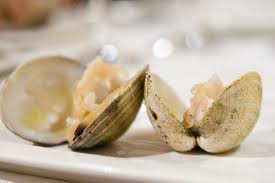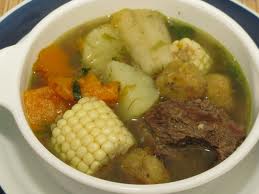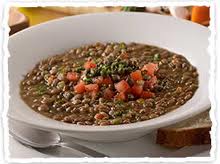St. Valentines’s day is just around the corner. Guys and gals, this time around instead of going out to some overpriced restaurant, why not cook your honey a sumptuous, extravagant meal featuring clams. Yes, clams. Why? Because clams throughout history have been regarded as an aphrodisiac. In other words, a sex stimulant. So what better way to celebrate the holiday? Casanova, the great lover himself, touted clams as a great aid in his many conquests. And, you know what? It ain’t too far off the mark. In 2005, in a study by Italian and American scientists, it was discovered that amino acids found in bivalves (clams, oysters, mussels, ext.) had the potential to raise sexual harmone levels. The study itself was conducted on a species of Mediterranean mussels that showed these bivalves contained amino D-aspartic acid and N-mythyl-D-aspartic acid that induced sexual harmone production in rats. There have been no follow-up studies to measure the impact on humans, but for all you out there who love shellfish, it’s great news.
To our forebears, even before science got into it, clams were regarded as an aphrodisiac because (as some noted) their plump flesh was likened in appearance to testicles. It stands to reason why someone like Casanova and, many others, would scarf up clams at the dinner table and elsewhere. But more. Let’s put it in serious perspective. A single serving of clams provides more than 100 percent of the daily allowance for iron. They are also a source of protein—which is excellent for sustaining energy. Do the math. But even for those of us who don’t consider clams as appetizing, they are delicious as in the following recipe in which they are prepared in a green sauce. This is a dish that is very popular in Spain. And believe me, you’re beloved will be very impressed and more. Serve the clams and sauce atop plain white rice and you will have a very interesting and, hopefully, entertaining evening on St. Valentine’s Day.
ALMEJAS CON SALSA VERDE
(Clams with Green sauce)
About 24 to30 littleneck clams
1/4 cup olive oil
2 cloves garlic, finely chopped
1/4 cup chopped scallions
Freshly ground black pepper to taste
1/4 teaspoon dried oregano ( or 1/2 teaspoon fresh)
1/2 cup dry sherry
3/4 cup fresh or canned clam juice
1 tablespoons butter
2 tablespoons flour
2-3 tablespoonswater
Salt to taste
1/2 cup chopped parsley
Hot cooked rice
1. Have the clams opened at the fish store, or open them by hand with a knife or clam opener. However, open the clams on the half shell, discarding the top shell. Leave the clam attached to the bottom shell. Reserve the clam liquid.
2. Heat the olive oil in a skillet or fry pan (I prefer cast-iron) until it’s very hot. Then add the clams on the half shell and garlic. Cook, stirring over high heat about 30 seconds. Be aware that if you cook them any longer the clams will toughen, and you don’t want that. Add the scallions, pepper, oregano and sherry. Add the clam liquid, clam juice and butter, and bring to a boil.
3. In a cup quickly blend the flour and water and stir it into the clam sauce. Stir until thickened. Add salt to taste. Stir in the parsley and mix.
4. Serve over rice.
Yield: 4 servings.















